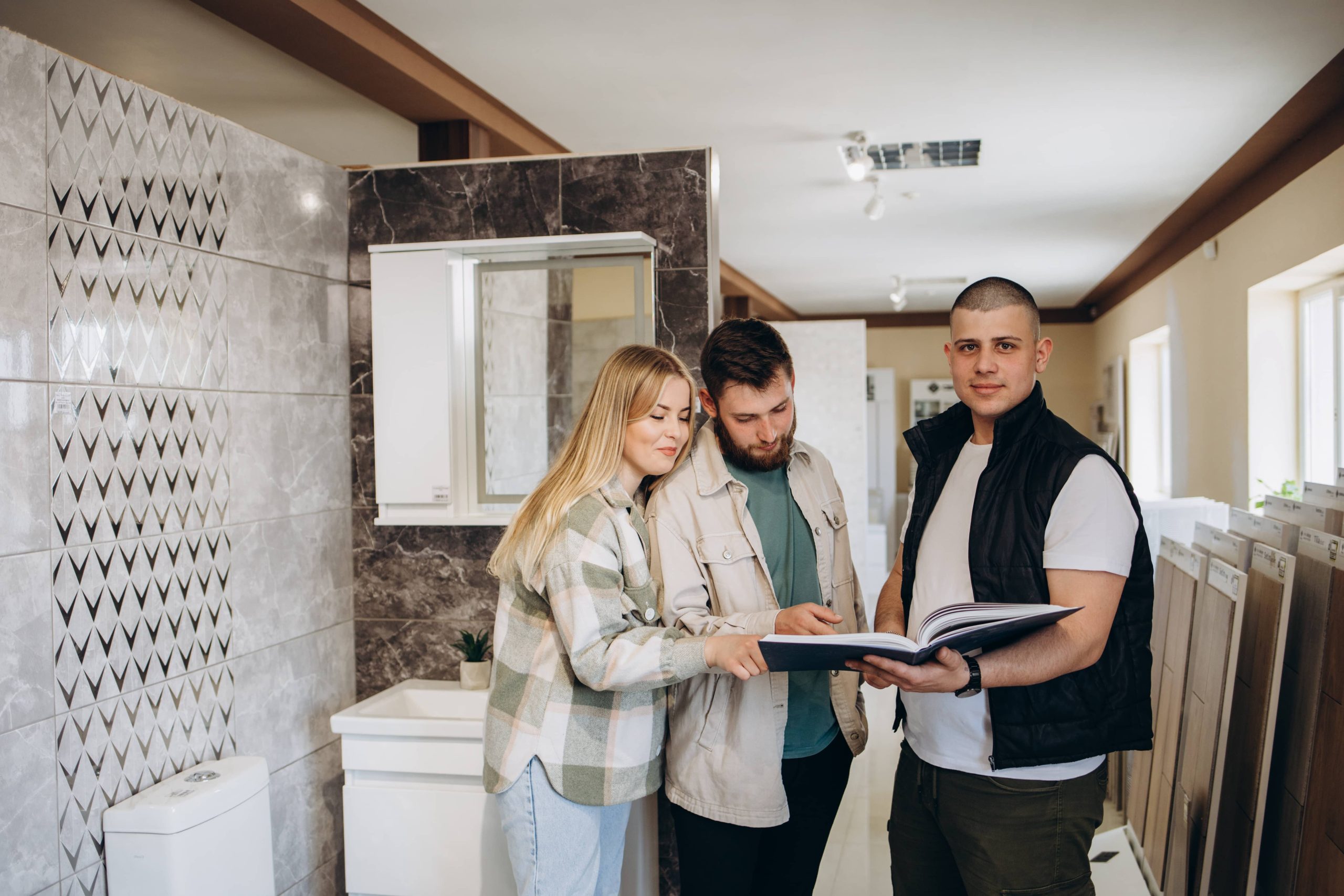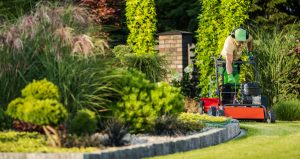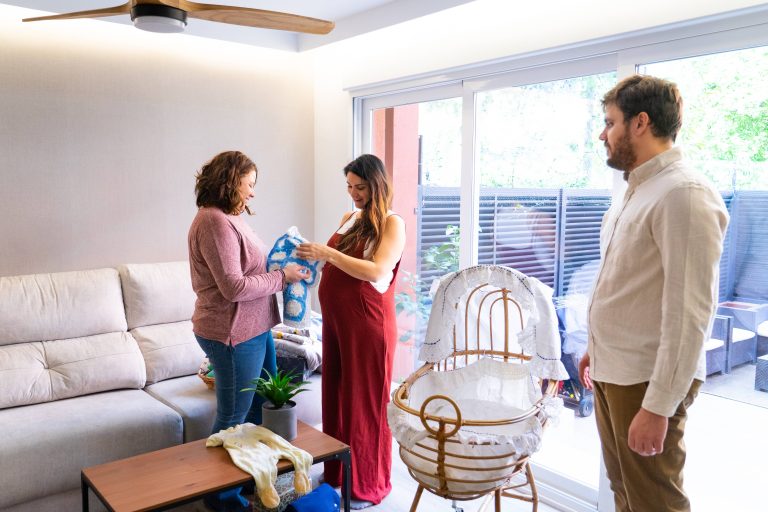
As the leaves turn golden and the crisp autumn air sets in, many of us begin to look forward to cozy evenings curled up by a warm, crackling fire. However, ensuring that your fireplace and chimney are in proper working order is crucial to guarantee not only warmth but also safety.
Every home that boasts a fireplace has the potential for a wonderfully inviting atmosphere. Yet, without regular inspections and maintenance, your fireplace can become a hazard rather than a haven. Professional fireplace and chimney inspections are essential to ensuring that your home remains a safe and warm sanctuary throughout the colder months.
Importance of Regular Inspections
Over time, soot and creosote build up inside chimneys, leading to blockages that can be both dangerous and inefficient. Creosote, a tar-like substance produced by burning wood, is highly flammable. When it accumulates in sufficient quantities, it significantly increases the risk of a chimney fire. Regular inspections help identify these deposits before they create problems.
Chimney inspections do not merely serve to prevent fires. They also identify structural issues, such as cracks and blockages, which can result in smoke entering your home. Moreover, inspections can discover animal nests or debris that might obstruct the airflow, leading to inefficient combustion and an increased risk of carbon monoxide poisoning.
Types of Chimney Inspections
There are three levels of chimney inspections, each with its own specific purpose and procedures. Understanding these levels can help you decide which inspection fits your needs.
1. Level 1 Inspection: This is a basic inspection recommended annually for chimneys that continue to be used in the same manner as previous years without any significant changes. In this inspection, technicians examine all readily accessible portions of the chimney, interior, and exterior, to check for blockages or combustible deposits.
2. Level 2 Inspection: When changes have been made to your system, such as a change in fuel type, a relining of the flue, or after the chimney has experienced strong weather events (e.g., earthquakes, tornadoes), a Level 2 inspection is necessary. This type involves a more thorough examination using video scanning or other special tools to inspect hidden portions of the chimney and flue.
3. Level 3 Inspection: The most comprehensive, Level 3 is typically required when a serious hazard is suspected. This inspection may require some demolition to gain access to concealed areas of the chimney. It often follows a Level 1 or Level 2 inspection that has raised concerns about the safety or usability of the system.
Maintaining Safety and Efficiency
During a chimney and fireplace inspection, a certified technician will provide you with invaluable information about the current state of your system. They will identify any safety hazards and recommend necessary repairs or cleaning services. This ensures that your fireplace operates efficiently and safely, providing the warmth you desire without risking the wellbeing of your home and family.
For homeowners who have switched to using gas fireplaces, inspections are still vital. Gas fireplaces need annual check-ups to ensure that the gas lines are intact, the pilot lights are functioning correctly, and ventilation systems are free from obstruction.
DIY Inspections: Proceed with Caution
While professional inspections are crucial, there are steps you can take as a homeowner to assist in maintaining a healthy chimney system. You can perform basic checks by looking for visible signs of damage such as cracks, loose bricks, or unusual staining. Check for blockages by ensuring there’s a clear draft, and always keep an eye out for odd odors when your fireplace is in use.
However, it’s important to remember that DIY inspections are not a replacement for professional assessments. They can, however, make you aware of issues to bring to a professional’s attention sooner.
Preparing Your Fireplace for Inspections
Before your scheduled inspection, take a few preparatory measures. Remove any decorative elements from the mantel and ensure your fireplace is cool and clear of ashes. This preparation allows the technician easy access to inspections and cleans without potential obstructions or mess.
Final Thoughts
Investing in regular fireplace and chimney inspections not only guarantees warmth and comfort but also secures your home from potentially devastating fires and carbon monoxide risks. Beyond reducing risks, keeping your chimney well-maintained supports the efficient use of fuel, cutting down on monthly heating costs.
Ultimately, the peace of mind from knowing your fireplace and chimney are in prime condition is immeasurable. This autumn, as you prepare to enjoy the crispness of the season with the comfort of your home’s warm hearth, make sure to schedule a fireplace and chimney inspection. In doing so, you’re not only embracing the cozy side of the season but doing your due diligence to keep your living space a haven of safety and warmth.













